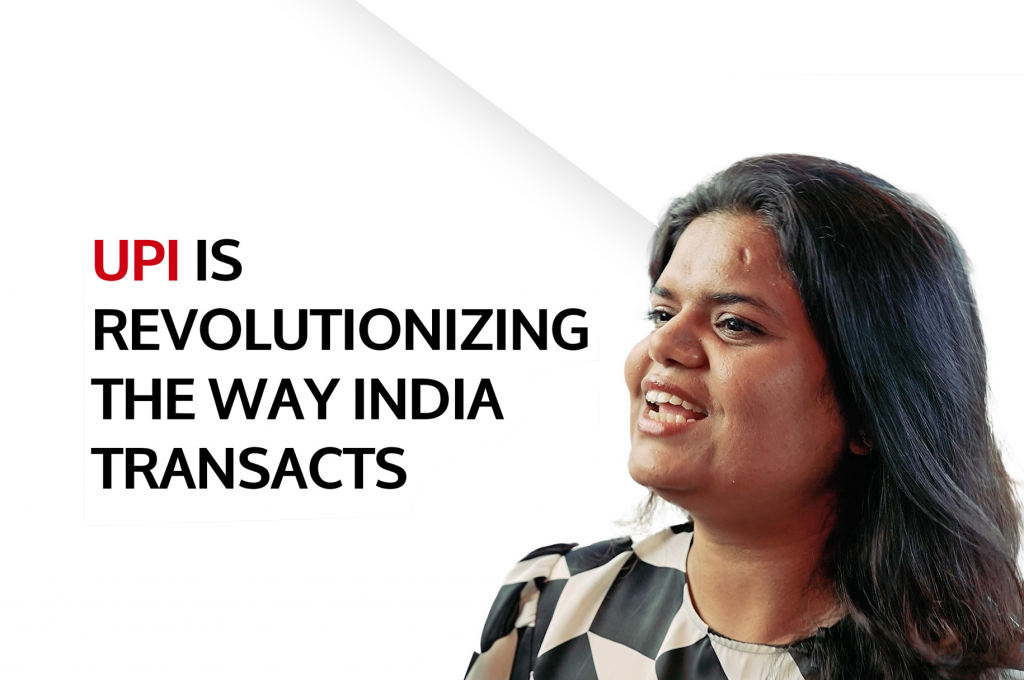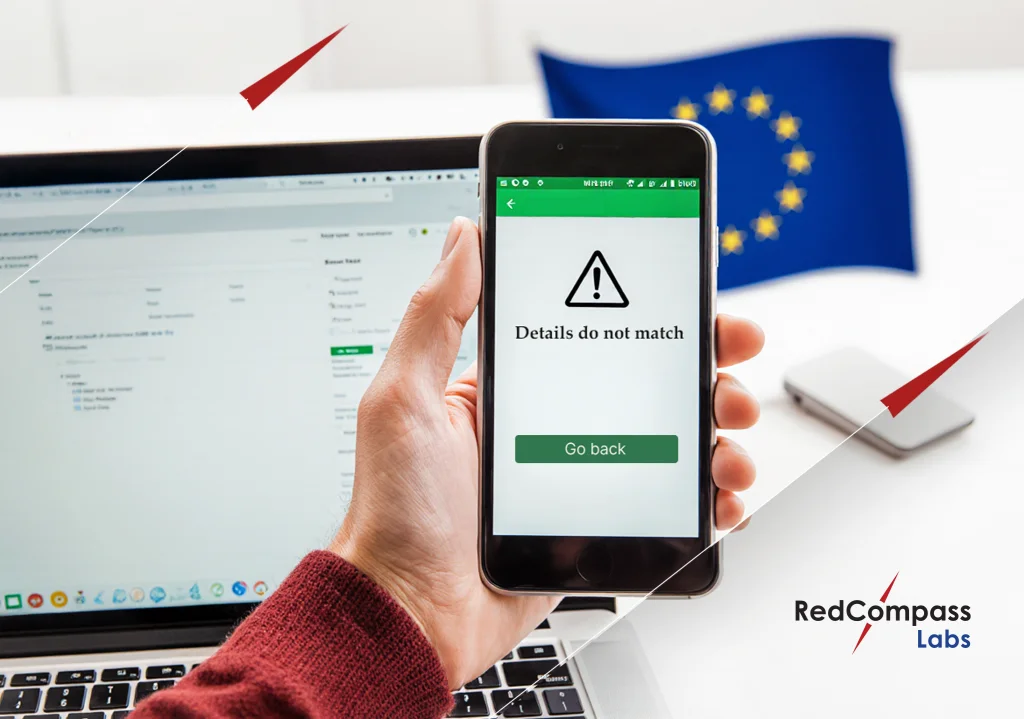TL;DR
- UPI Circle makes instant payments smarter by streamlining how banks and fintechs connect and settle transactions.
-
It boosts speed and control with real-time routing, clearing, and settlement across trusted partners.
-
UPI Circle helps scale instant payments by reducing friction, lowering costs, and improving user experience—a key step for the payments industry to meet rising demand and global standards.
Picture this: you run a restaurant. You’re the owner, but you’re not always around when payments need to go out. Your manager handles them. But sometimes you see purchases later and think, “Did we really need that?”
UPI Circle solves this. It lets your staff pay on your behalf, but under rules you control. You can set spending limits, track every transaction, and make sure money goes to essentials like fish, vegetables, and cleaning supplies. Not impulse buys.
It works just as well for parents managing allowances or family expenses. And it is proving to be a powerful value-added service.
So, what exactly is UPI Circle? How does it work? And what can other instant payment schemes learn from it?
A quick reminder: What is UPI?
UPI, or Unified Payments Interface, is India’s real-time payments system. Built by the National Payments Corporation of India (NPCI), it lets users send money instantly between bank accounts — 24/7, all year round.
With UPI, you can link multiple accounts to a single app and pay using a Virtual Payment Address (VPA), a phone number, or a QR code — without ever sharing bank details. Transactions are free, instant, and increasingly popular.
By 2028–29, UPI is projected to handle nearly 439 billion transactions a year — up from 131 billion in 2023–24. That’s about 91% of India’s retail digital payments.
How UPI Circle works
UPI Circle lets someone in your “circle” pay on your behalf. That could be a restaurant owner letting staff pay suppliers. But also a parent letting their teenager buy school lunches. A loved one keeping an eye on an elderly relative’s spending. A carer buying the weekly shop for a disabled person.
You set limits and approvals. So, you’re providing autonomy but with guardrails in place.
And the best part? The secondary user doesn’t need a bank account themselves.
They just need to download the BHIM (Bharat Interface for Money) app, the official government-backed UPI offered by the NCPI, and link it to their own account.
(UPI Circle is also available in third-party applications like ‘PhonePe’ and ‘Google Pay’.)
It reduces cash handling, keeps transactions trackable, and makes payments safer. A win-win-win.
The technical bits
There are two types of access the primary user can set:
- Full delegation: the secondary user can spend freely within the set limits.
- Partial delegation: every payment needs approval.
Here’s how it works for a parent and child:
- Mum downloads the BHIM UPI app, sets up her account with biometrics and PIN, and links her bank account via VPA.
- Child downloads the app and sets up biometrics/PIN. Linking their own bank account is optional.
- The child’s mobile number must be saved in Mum’s contact list.
Giving Access: Full or Partial
- Mum opens the app → UPI Circle → Add Family or Friends → adds her child via QR or VPA.
- She confirms their number and chooses Full or Partial delegation.
Full Delegation:
- The child is notified and sees their spending limit.
- They approve or cancel the request.
- Once approved, they can pay directly on Mum’s account — lunch, snacks, or transport.
Partial Delegation:
- The child is notified they’ve been added.
- They approve or cancel the request.
- When they pay, Mum gets a notification to approve.
- Once approved with Mum’s VPA PIN, the payment goes through and the child is notified.
A powerful upgrade
UPI Circle launched in August 2024, so it’s still growing. Transaction limits are currently quite low (₹15,000 max – around $172 USD). There are no offline payments, potential security risks, and unclear dispute handling. Even so, these are easy fixes. And improvements will surely be rolled out over time.
Meanwhile, UPI as a whole is gaining international attention—France, UAE, the US, Japan, Australia, and Canada are exploring adoption. Delegated payments like Circle could travel with it. But crucially, it could inspire other schemes and payments service providers to offer a similar feature.
Value-added services are what separate the banks that offer instant payments, from those that use it as a competitive advantage.
Why this matters for the wider payments industry
As the world moves towards always-on instant payments, banks need to look beyond the schemes (think: Canada’s Real-Time Rail, SEPA Instant in Europe, and FedNow and RTP in the US) toward value-added services.
Why? Because rails are just the start—they move money from A to B. Offering instant payments alone is not enough. To defend your position in the market, you have to make instant payments the shiny new thing your customers actually want to use. That means looking closely at your customer base and asking, “What features will make their lives easier?”
Now, delegated payments already exist in the form of on-behalf-of (OBO) payments. Payroll processors like ADP, Ceridian, and Workday collect funds from employers and disburse wages to employees. In FY23, ADP alone moved over $3.1 trillion in client funds in the U.S.
In corporate banking, treasurers use OBO structures to centralize liquidity and make payments on behalf of subsidiaries. Global banks like J.P. Morgan, Citi, HSBC, and BNP Paribas support these flows through their cash management platforms.
These are delegated, rule-based payment models. And they work at scale.
Now imagine applying that same principle to real-time payments.
In this model:
-
A payment initiator (e.g., a treasury team, parent, or caregiver) sets rules and permissions.
-
An intermediary (e.g., a bank, fintech, or platform) executes payments on their behalf.
-
The payee receives funds instantly, with full transparency and control.
For corporate banking, this could mean treasury teams delegating payment authority to staff, subsidiaries, or vendors—securely and in real time.
Features like UPI Circle in India hint at what’s possible.
Delegated payments unlock new use cases–especially if higher transaction limits are available from day one.
For retail banking, delegated payments could help parents, elderly customers, and vulnerable users by making it easier to share access, track spending, and prevent fraud.
This is where the real value lies. Instant payment schemes are only as powerful as the services built on top of them. Delegated payments – like UPI Circle – could be one such offering, helping banks turn a mandatory scheme onboarding into a real differentiator.
Want to learn more?
Speak to RedCompass Labs. We are instant payments experts. We’re helping some of the world’s biggest banks go beyond instant payments readiness. Together, we’re building the instant payments schemes of the future. With our expertise in instant payments, open banking, and UPI, we can help shape solutions that are fast, secure, and interoperable—built for everyday use, anywhere.
Share this post
Written by

Vishnu R Achuth
Business Analyst, RedCompass Labs
Resources






